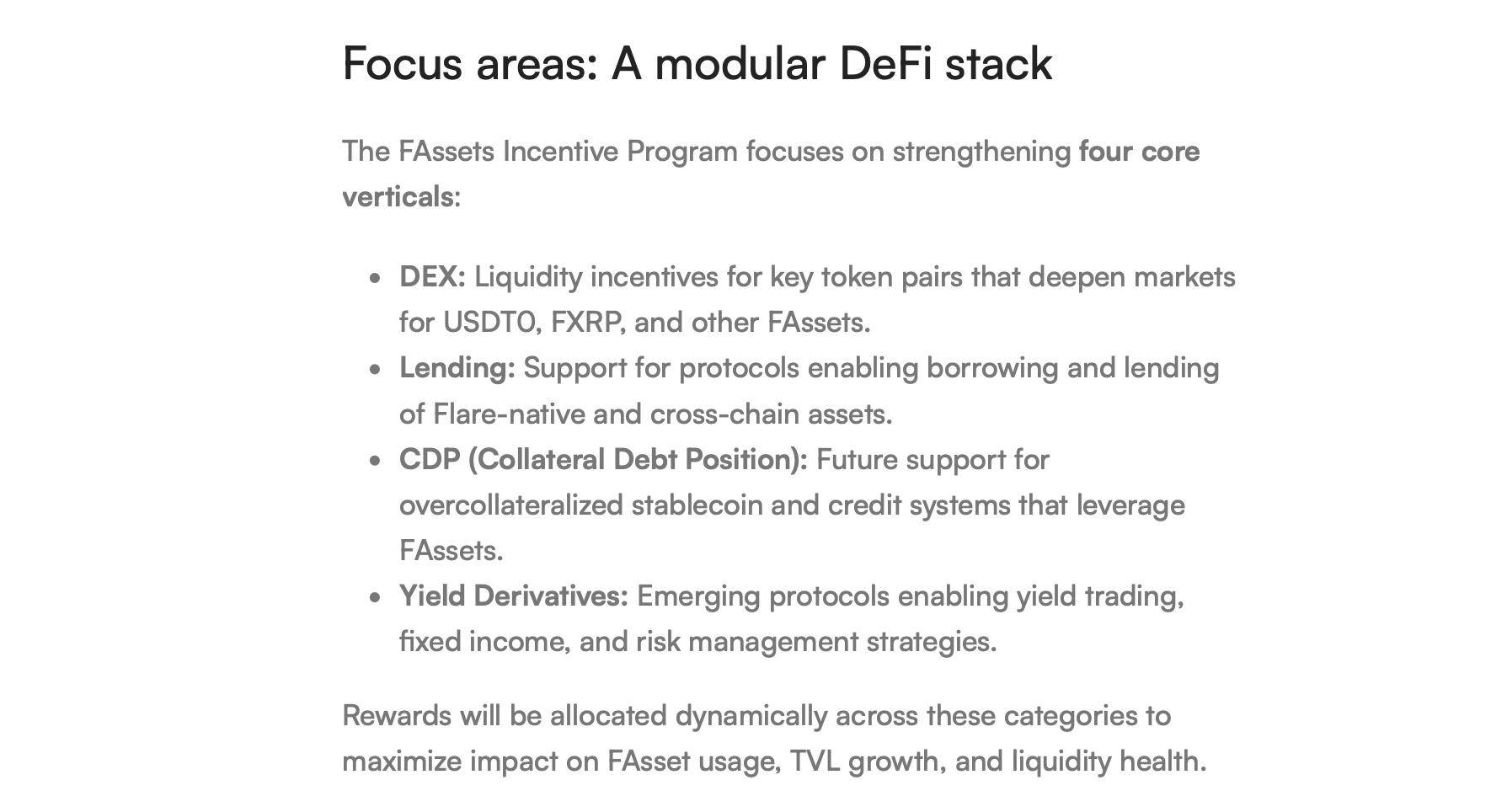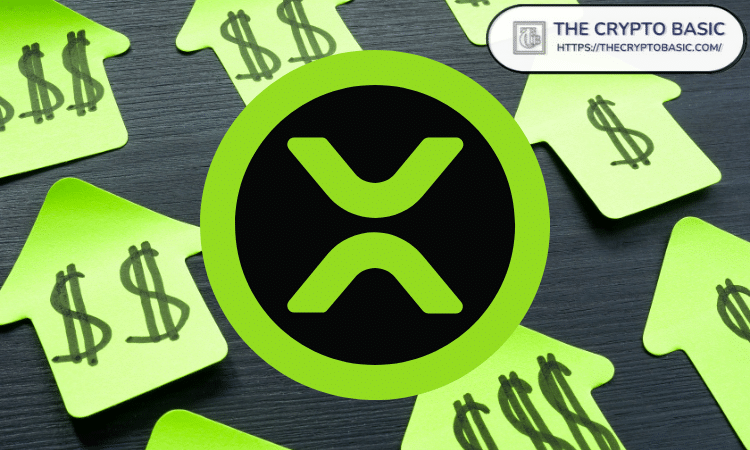The idea of a stablecoin backed by XRP is gaining traction in the crypto community.
The proposal comes from Phil Kwok, co-founder of Web3 app builder EasyA. In a series of tweets, he floated the idea of creating a stablecoin collateralized with XRP.
For context, a stablecoin backed by XRP means the issuer holds XRP to support the value of the stablecoin. Kwok suggested that a properly designed stablecoin backed by XRP could become the “hardest money ever known.”
He also followed up with an even more ambitious vision: a stablecoin backed by XRP with yield paid in XRP.
Does RLUSD Already Serve This Purpose?
Expectedly, the concept sparked interest across the ecosystem as it points to a potential new use case for XRP beyond remittances and cross-border payments. Meanwhile, some commenters asked whether Ripple’s RLUSD already fulfills this function.
Kwok clarified that RLUSD serves a different use case than the one he proposed. Notably, RLUSD is backed not by XRP but by cash and U.S. Treasuries. The Ripple stablecoin runs on both the XRP Ledger and Ethereum, meaning RLUSD can be minted natively on either network.
Meanwhile, Kwok is proposing a stablecoin with XRP as part of its collateralization.
Any Crypto-Backed Stablecoin?
In the crypto space, the idea of a crypto-backed stablecoin is not new. The popular DAI stablecoin by MakerDAO uses Ethereum and other crypto assets as collateral to issue a USD-pegged stablecoin.
Specifically, DAI is an example of a crypto-backed stablecoin, but it is pegged to USD, not backed by USD itself. Notably, DAI recently rebranded to Usds (USDS).
XRP-Backed Stablecoin Already in the Works, Flare Networks Confirms
Hugo Philion, co-founder of Flare Networks, responded to Kwok’s tweets with confirmation and support for the idea. He noted that the Flare team is already developing an XRP-backed stablecoin.
Yes! It’s already being built on Flare. Delighted to talk with you about it.
— Hugo Philion ☀️ (@HugoPhilion) July 26, 2025
A follow-up from the official Flare X account further reinforced this, outlining how their ecosystem is preparing for such innovations through its FAssets Incentive Program.
The Four Pillars
According to Flare, the XRP-backed stablecoin initiative aligns with its broader DeFi roadmap, built on a modular DeFi stack and four key verticals:
- DEX Liquidity: Incentives for trading pairs like USDTO and FXRP to ensure deep and healthy markets.
- Lending Protocols: Support for borrowing and lending of both Flare-native and cross-chain assets.
- Collateralized Debt Positions (CDPs): Upcoming support for overcollateralized stablecoins and credit systems leveraging FAssets such as FXRP.
- Yield Derivatives: Protocols designed to enable fixed-income products and yield trading, likely facilitating XRP yield payouts in future implementations.

Overall, the idea of a stablecoin backed by XRP with native yield opens a new frontier for the XRP ecosystem. The asset is traditionally associated with institutional payments and liquidity corridors. However, this development could further expand its role into decentralized finance.
DisClamier: This content is informational and should not be considered financial advice. The views expressed in this article may include the author's personal opinions and do not reflect The Crypto Basic opinion. Readers are encouraged to do thorough research before making any investment decisions. The Crypto Basic is not responsible for any financial losses.



